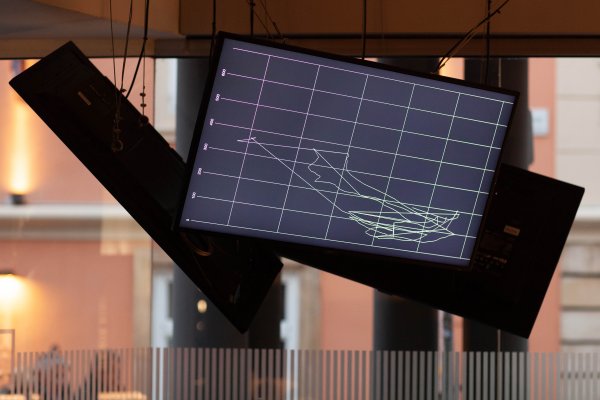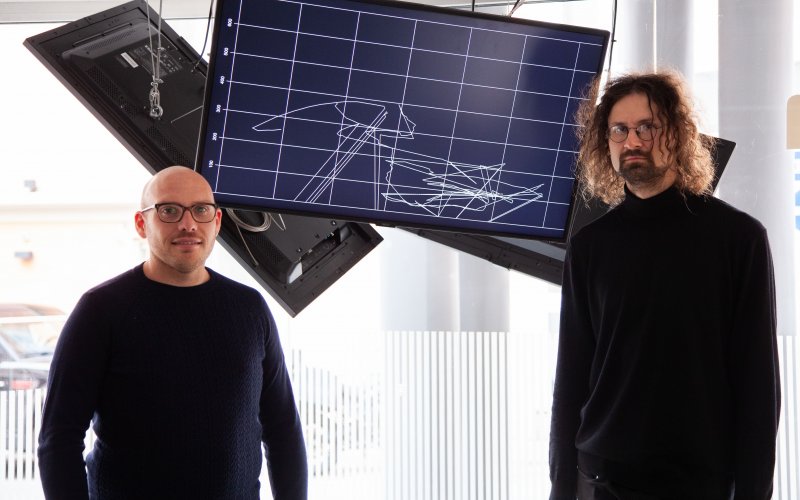
Data Safe is an interactive audio-visual installation by Ninja Guru Studio that raises key questions about data protection, the use of human surveillance systems and the use of the human body to generate and collect data.
Data Safe is a real-time, data-driven audio-visual installation that uses microwave sensors to track the movements of passers-by outside the exhibition space. The movement and speed of the passers-by are visualised in real time and a multi-channel sound environment is created along the space.
Data Safe is also a closed space, a secure environment where data is safely stored anonymously.
The issue of privacy was first raised by American lawyers Samuel Warren and Louis Brandeis in 1891 and was strongly influenced by the development of technology. The issue of the use of personal data was raised by Alan Westin in 1967 when he gave a broader definition of privacy in the modern world. Jan Holvast in his essay "History of Privacy" mentions the following: "The history of privacy makes it clear that there is a close relationship between privacy and the development of technology."
Nowadays, data is constantly provided by IT systems - from the obvious and visible, such as laptops, mobile phones, smartwatches, to the more subtle, such as smart sensors placed in rooms, furniture and objects used in daily life. This data can be really useful in certain situations and applications (using data to monitor a person's health), but this mostly sensitive data can also be used to monitor and influence users' behaviour and specific needs (today mostly for commercial purposes to target customers and provide them with the goods they need). In some cases, data can be used for even more radical concepts: In China, for example, private data from bank accounts, facial recognition systems from street cameras and the social status of each person feed into a large database that the government uses. The city of Chongqing (China), for example, had over 2.58 million cameras, facial recognition systems, point systems and more in 2019, covering 15.35 million people.
The debate on data protection laws is also a hot topic of discussion today. Setting specific rules regarding privacy and the monitoring of certain technologies is a difficulty in itself.
The installation questions the issues of privacy and data use by imitating the use of such surveillance systems around the exhibition space.



